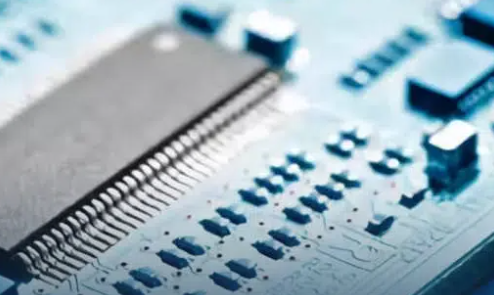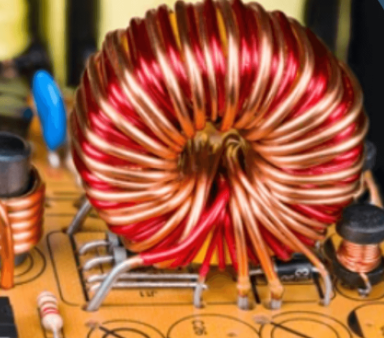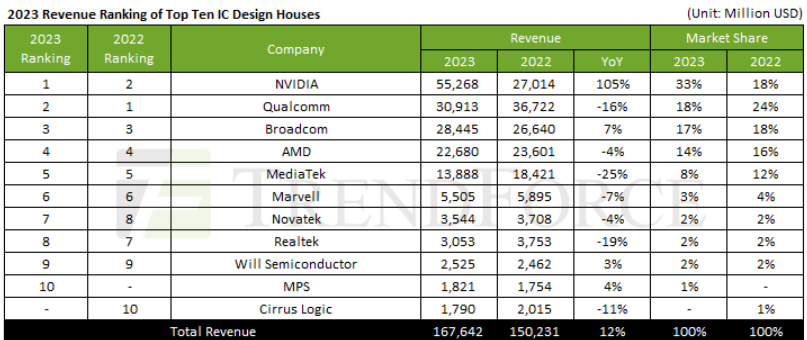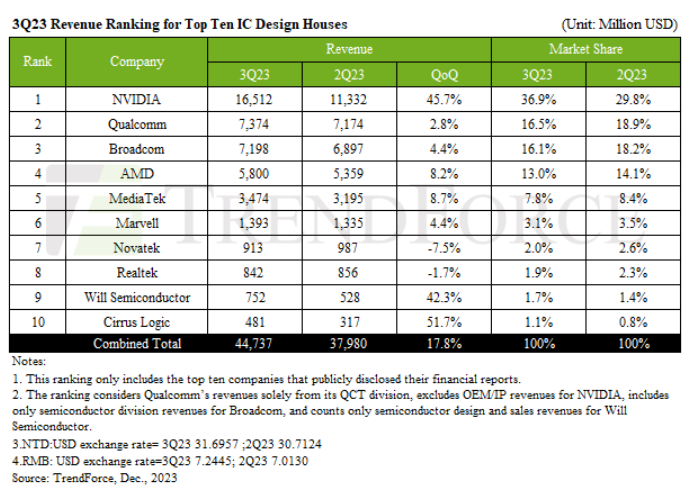What does a power management IC do
What is the meaning of power management?In the domain of electronics, Power Management IC pertains to the astute administration and equitable dispensation of electric energy within a contraption or system. This entails the optimization of energy utilization to protract battery lifespan, mitigate thermal emanation, and ensure steadfast and dependable functionality. Inclusion of this doctrine is indispensable in devices such as smartphones, laptops, Internet of Things (IoT) apparatuses, and even in more expansive complexes akin to data centers.

What does a power management IC do?
A Power Management IC or power management integrated circuit, abbreviated as PMIC, constitutes an integrated semiconductor circuit engineered with the express purpose of orchestrating and standardizing electric power within electronic gadgets. Power management ICs are expressly tailored to undertake an extensive gamut of functions encompassing:
1.Voltage Regulation: power management ICs oversee the regulation of the voltage provisioned to sundry components within a contrivance, thereby warranting that these components receive requisite voltage levels, a sine qua non for unimpeachable operation.
2.Current Administration: They govern the flux of electric current, thwarting incidents of overburden or underpowering that could result in component jeopardy, whilst concurrently optimizing efficacy.
3.Battery Replenishment: Power Management ICs orchestrate the process of recharging batteries in portable contraptions, safeguarding a secure and productive recharging process.
4.Power Sequencing: Their ambit extends to monitoring the initiation and shutdown sequences of diverse constituents to obviate power surge occurrences and to vouchsafe a constancy of operation.
5.Thermal Oversight: Within the realm of PMICs, you may encounter the inclusion of thermal supervisory and control attributes devised to avert excessive heating of components.
6.Energy Efficacy: They endeavor to fine-tune energy consumption, thus extending the operational duration of batteries and mitigating energy wastage.
7.Fault Safeguard: PMICs incorporate mechanisms for discerning and acting upon faults, such as instances of overvoltage, overcurrent, and overheating, thus erecting bulwarks to shield the contraption and its operators.
What are the types of power management ICs?power management integrated circuits adopt diverse forms tailored for specific applications. Prevalent types encompass:
1.Voltage Regulator PMICs: These PMICs are primarily dedicated to the oversight of voltage regulation for diverse contraption components, serving as custodians of unfluctuating operation.
2.Battery Management PMICs: Custom-built for gadgets reliant on rechargeable batteries, these PMICs are stewards of battery replenishment, discharge, and the perpetual surveillance of battery well-being.
3.LED Driver PMICs: They are tasked with overseeing luminosity and power provisioning to Light Emitting Diodes (LEDs), a task of particular relevance in applications involving screens and lighting systems.
4.Power Supply PMICs: In intricate systems such as data centers and telecommunications installations, these Power Management ICs furnish power transformation and diffusion.
What are the applications of PMIC?
power management integrated circuits traverse a broad array of employment areas encompassing but not tethered to:
1.Smartphones and Tablets: Within these devices, PMICs are the architects of voltage control for microprocessors, displays, and sensors, in a quest to optimize battery existence and operational efficiency.
2.Laptops and Personal Computers: They exert control over power allocation and battery replenishment, culminating in an enhanced end-user experience.
3.IoT Instruments: PMICs facilitate the energy-efficient performance of gadgets such as intelligent thermostats, wearables, and remote sensors.
4.Automotive Electronics: Automotive applications bank on PMICs to administer power supply to a plethora of automotive constituents, including entertainment systems and safety apparatuses.
5.Industrial Machinery: Power Management ICs are enablers of reliable power provisioning in the realm of machinery and control systems underpinning industrial operations.
6.Renewable Energy Schemes: These ICs oversee the conversion and administration of power in domains like photovoltaic inverters and wind turbines.
What are the components of a PMIC?
A paradigmatic PMIC embodies several pivotal constituents, inclusive of:
1.Voltage Regulators: These components underwrite the sustenance of voltage steadiness across sundry junctures of the apparatus.
2.Current Limiters: Current-limiting units are in place to preclude superfluous electric current flow, thus endowing protection to components.
3.Control Logic: Control logic machinery is entrusted with the chore of supervising power sequencing, the detection of anomalies, and sundry other functions.
4.Battery Administration Circuitry: In contrivances that derive energy from batteries, PMICs integrate circuitry dedicated to battery replenishment and monitoring.
5.Communication Interfaces: Particular Power Management ICs feature communication interfaces like I2C or SPI, thereby affording users the facility for configuration and observation.
What are the features of a PMIC?
power management ICs are furnished with an amalgam of characteristics bespoke to their targeted domains. Some quintessential characteristics encompass:
1.Multitudinous Output Channels: It is commonplace for power management ICs to embrace numerous output channels with variegated voltage and current stipulations, facilitating the power provision to manifold components.
2.Programmability: An assemblage of PMICs boasts programmability, bestowing upon the user the prerogative to tailor Power Management IC parameters, a fact that engenders versatility.
3.Efficiency Enhancement: These PMICs integrate mechanisms such as voltage modulation, dynamic voltage-frequency modulation (DVFS), and power-conservation modes in their design to elevate overall efficiency.
4.Fault Identification and Safeguard: PMICs are proficient in ferreting out faults and instigating measures to avert devastation of the contraption or system.
5.Thermal Oversight: In select PMICs, temperature gauges and thermal management functionalities are incorporated to avert thermal inundation.
How do I choose a PMIC?
Electing an appropriate Power Management IC for your particular application necessitates a meticulous consideration of several elements:
1.Power Prerequisites: It is imperative to ascertain the voltage and current requisites of the apparatus’s constituent parts.
2.Efficiency: The efficacy of the PMIC in the domain of power conversion and distribution warrants scrutiny.
3.Programmability: The exigency for a programmable PMIC is contingent on the requisite for customization and adaptability within the application.
4.Fault Defenses: Appraising the extent of fault containment mandated by the system is a judicious practice.
5.Package Dimensions: The physical constraints and design configuration of the contraption must be factored in.
在线留言询价

Unveiling the Intricacies of IC Design
- 一周热料
- 紧缺物料秒杀
| 型号 | 品牌 | 询价 |
|---|---|---|
| CDZVT2R20B | ROHM Semiconductor | |
| TL431ACLPR | Texas Instruments | |
| BD71847AMWV-E2 | ROHM Semiconductor | |
| MC33074DR2G | onsemi | |
| RB751G-40T2R | ROHM Semiconductor |
| 型号 | 品牌 | 抢购 |
|---|---|---|
| TPS63050YFFR | Texas Instruments | |
| BP3621 | ROHM Semiconductor | |
| IPZ40N04S5L4R8ATMA1 | Infineon Technologies | |
| BU33JA2MNVX-CTL | ROHM Semiconductor | |
| STM32F429IGT6 | STMicroelectronics | |
| ESR03EZPJ151 | ROHM Semiconductor |
AMEYA360公众号二维码
识别二维码,即可关注



























